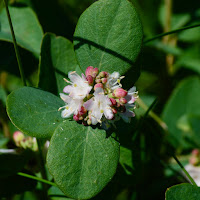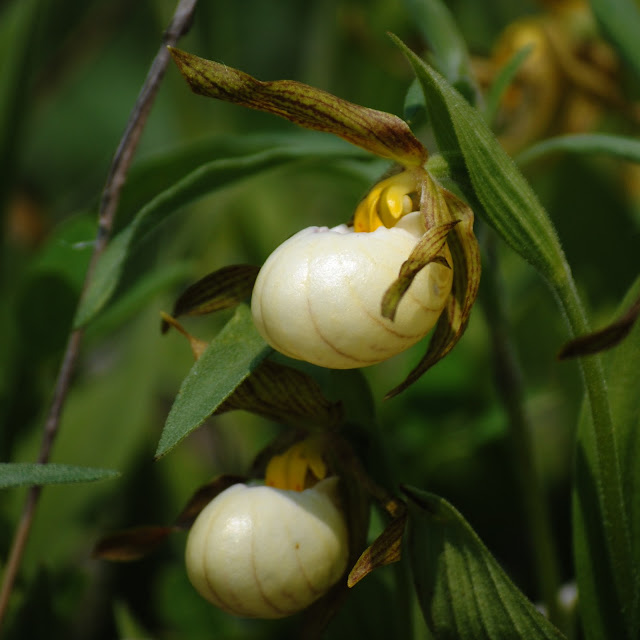Since I haven't submitted a new post in a while due to school commitments, I will start off this academic year with an assortment of some of my most memorable experiences of this fall. Each topic will be symbolized by a pair of corresponding photos.
A long-awaited endeavor with Andrew Gibson proved to be well worth the wait as he and I immersed ourselves in some of Ohio's richest, prized, and threatened ecosystems and nature preserves: Gallagher fen, Prairie Road fen, Davey Woods old-growth forest, and Pearl King oak savannah. Above are pictures of our first historical find of the day - the county record of northern slender lady's tresses (Spiranthes lacera var. gracilis) in Madison county and chinkapin oak (Quercus muehlenbergii) of Davey Woods old-growth forest.
During the same day, Andrew spotted yet another county record for Clark county, October lady's tresses (Spiranthes ovalis), while hiking out of one of the prettiest places I've seen while being in Ohio - Gallagher fen. Many other rarities and memories were found that day.
Weeks later, we decided to check out some of Andrew's stomping grounds. It's no wonder why he is so passionate about botany and Ohio's natural history. I learned about the unique geological properties that make places like the Edge of Appalachia thrive with such diversity and nostalgia. Above are pictures of a long awaited autumn bloomer of mine - Great plains lady's tresses (Spiranthes magnicamporum) - and a picturesque remnant Adam's county prairie with a very large dwarf hackberry (Celtis tenuifolia) on the left edge of the photo.
While in Adam's county, we decided to check out "the little smokies," which has also been on my list for a long time. That day, we found at least six state and/or federally endangered of threatened plants in bloom, including the above striped gentian (Gentiana villosa) and creeping aster (Eurybia surculosa), which is extremely rare even in it's limited native range of the smoky mountains.
With a head full of amazing memories from Ohio, I decided to go south to see a new place. I spent one night camping in KY's Daniel Boone National Forest's Red River Gorge Geological Area. Above are two photos of the sunrise from my campsite. I love the acidic, well-drained ecosystems of ridge tops. I had a taste of eastern teaberry but would love to go back when blueberries and huckleberries are in their prime!
Most recently, I embarked on another overnight expedition into Monengahela National Forest's Dolly Sods, WV right in time for peak foliage. I saw striped maples and red elderberry as well as beautiful views of the Allegheny Mountains atop bear rocks. I've never seen an oak so vibrant, have you?




















































